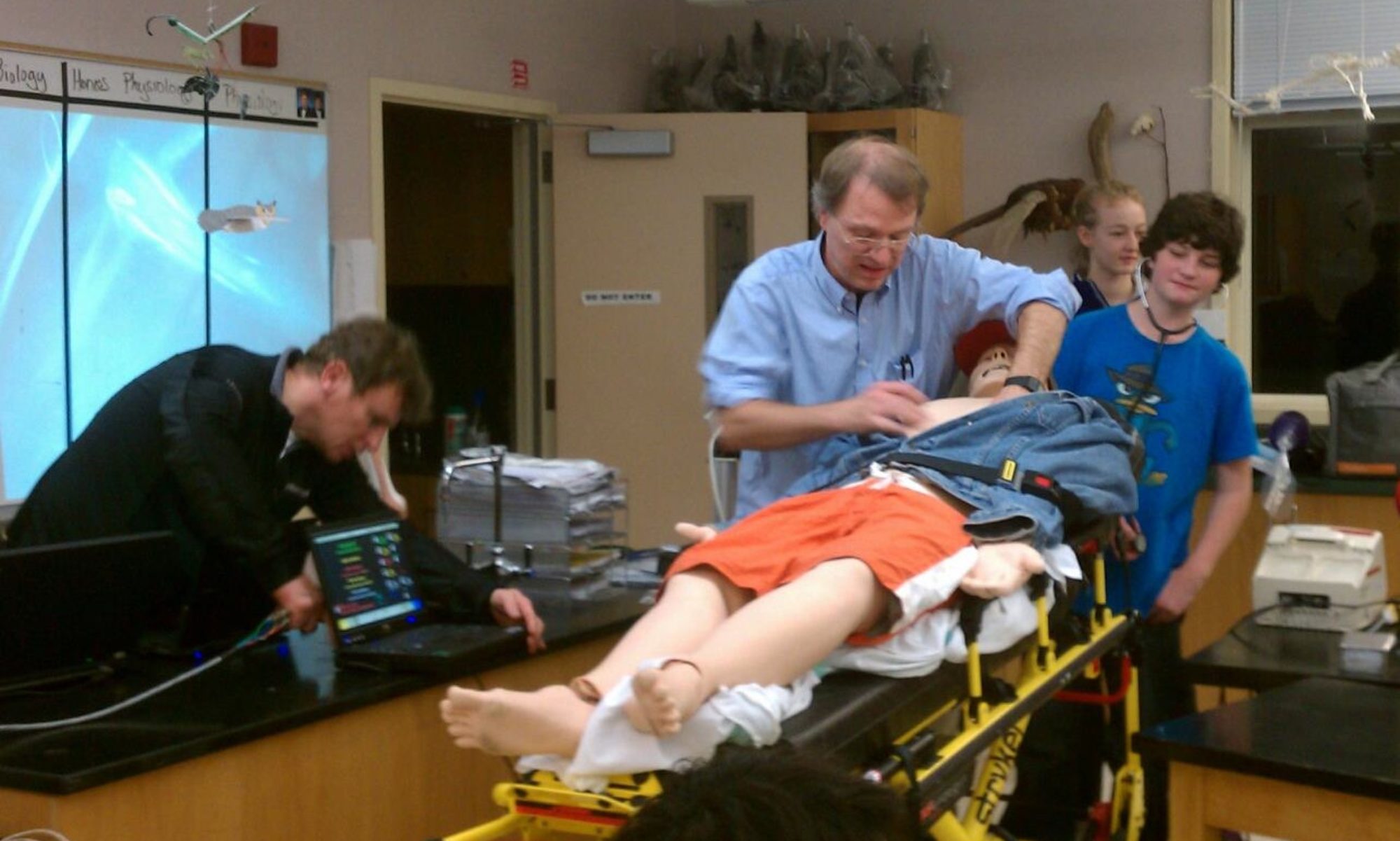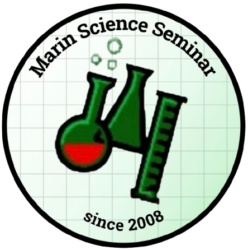By Zack Griggy, San Marin HS
We all know that smoking is harmful to us, but what if the very air we breathe also contains toxic chemicals? The truth is the air we breathe contains numerous chemicals that have harmful effects on both humans and the environment. As a result, the issue of pollution has been a very important and significant problem. It has driven us to invest in green fuels, manufacture in more eco-friendly ways, and cut down on greenhouse gas emissions. However, the problem of air pollution still remains somewhat untouched. Although emissions have been significantly reduced from vehicles and manufacturing plants, the problem as a whole remains. Air pollution is known to cause numerous issues for the environment and humans, but particulate matter and ozone pose more immediate threats to human health.
Particulate matter consists of extremely small particles that are a result from burning and can have huge impacts on lung health. Particulate matter, if small enough, can breach through the body’s defenses (the nose, mucus in alveoli, etc.) and even enter the bloodstream. Clearly, this can cause catastrophic problems for human health, such as decreased lung function, irregular heart beat, heart attacks, or even premature death for people with lung or heart disease. In places like the Bay Area, where there is an abundance of hills, which can trap pollutants in small areas and with larger concentrations, pollution can easily accumulate. To make matters worse, particulate matter also has harmful effects to the environment, which include haze, acidification of water basins, depletion of nutrients in soil, etc. Clearly, particulate matter doesn’t just affect humans. Through depleting the nutrients in soil, particulate matter is capable of killing many sensitive plants and crops. In addition, freshwater acidification known to alter flora and fauna in affected ecosystems via increased acidity and toxicity.
Ozone is an essential, but toxic, gas. In the stratosphere, ozone forms a protective layer that blocks UV radiation, and allows us to live on land. But the ozone layer and the stratosphere are both a considerable distance away from the Earth’s surface. When ozone is at or near Earth’s surface, it poses a threat to organisms that use that air. Ozone can affect entire ecosystems, beginning with plants. Ozone exposure may cause plants to have decreased photosynthesis, slowed growth, and increased risk of harm from disease, insects, storms, etc. But remember, in an ecosystem, damages at the bottom of the food chain can easily work its way up the food chain. Thus, damages from the plants can affect the entire ecosystem, causing a lack of biodiversity, reduced habitat quality, etc. However, in the case of humans, ozone can be much more pernicious. Humans exposed to smaller amounts of ozone or over a shorter period of time may have decreased lung function, airway inflammation, coughing, painful breathing, increased number of asthma attacks, increased risk of death from respiratory disease, shortness of breath, etc.
These pollutants, and their effects, might seem unpreventable, but really it is the opposite. Both particulate matter and ozone are either emissions, or formed from other emissions. So, we return to the question: how do we prevent the effects of these pollutants? The answer: cut down on emissions. For example, particulate matter is often released during burning, especially burning wood or coal, so if we curtail our burning of wood and coal, we can reduce the effects and quantity of particulate matter. The choice of whether or not to poison our own air rests with everyone. Be sure to make the right choice
Sources:
1. Sitting by a Cozy Fire – Wood Burning, Air Quality, and Your Health (from notes taken during seminar)
2. What’s Getting into Your Lungs? The Effects of Smoke, Ozone, Allergens, and More (from notes taken during seminar)
3. http://www3.epa.gov/pm/health.html
4. http://www.air-quality.org.uk/13.php
5. https://www3.epa.gov/apti/ozonehealth/population.html
6. https://www3.epa.gov/pm/
7. https://www.epa.gov/ozone-pollution/ecosystem-effects-ozone-pollution










